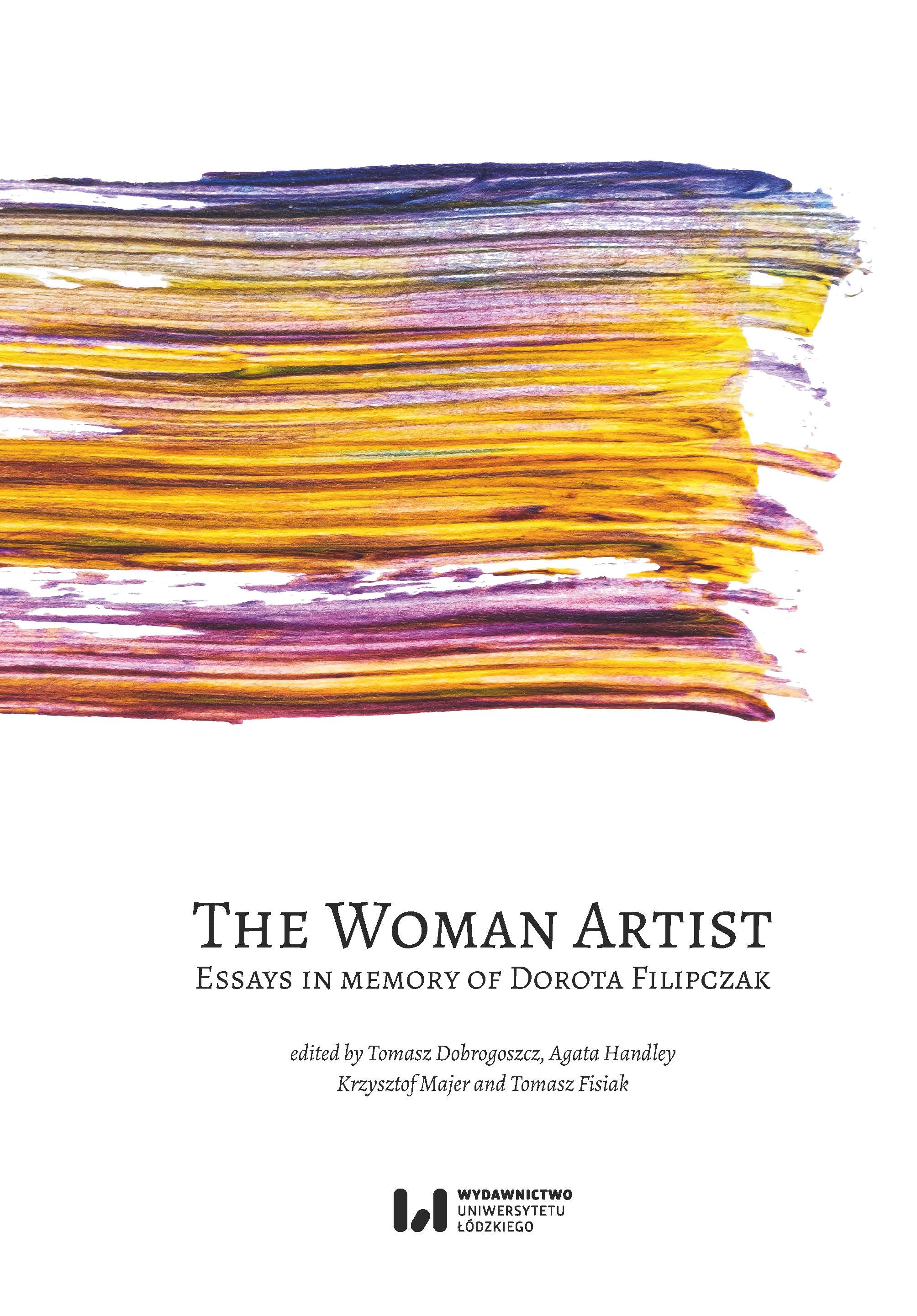Aesthetic Modes of Attack: The Woman Critic-Artist, Caractère unique
Aesthetic Modes of Attack: The Woman Critic-Artist, Caractère unique
Author(s): Aritha van Herk
Subject(s): Language and Literature Studies, Studies of Literature, Translation Studies, Theory of Literature
Published by: Wydawnictwo Uniwersytetu Łódzkiego
Keywords: women critic-artists; Dorota Filipczak; Aesthetics
Summary/Abstract: To honour the memory of Dorota Filipczak and express my grief over her untimely passing, I comment here on three artworks in which time is a central issue, all three in very different ways. “Untimely” comes to mean not simply “premature,” as is the death of someone we greatly miss, but as unorthodox, confusing, and artistically challenging deployments of time. The three artists are from three different continents: Europe, Latin America, and Asia. They share a commitment to the current problems of the world, to a reflection on violence, especially gendered; on loneliness and on memory. They believe in the power of art to make people think, and even change their opinions. As they use artistic tools, before all else, they resist the unreliability of time as we tend to see it: in chronology and with a steady rhythm. Ann Veronica Janssens (Belgium) makes us experience, in her mist rooms, how hampering our clear sight slows everything down. When I once asked her to characterize her work, her simple answer was: “abstract and political.” Doris Salcedo (Colombia) fights the forgetfulness of violence; in the case here, of the indifference to refugees, which causes the death by drowning of so many. Her installation Palimpsesto makes slowly moving, then quickly disappearing drops of water the carriers of the names of those anonymous victims. Nalini Malani (India) presents her thoughts as images shooting from her head, in animations with a frantic pace. Her unsettling speed can be seen as a foreshortening of time. The three artworks, as well as the women who invented and made them, demonstrate that art matters, as a variant of the title of the journal that Dorota created: Text Matters. This paper explores how women who are both critics and artists resist the designations assigned to genre and gender. The alias of caractère unique subverts the academic categories that seek to locate and confine their unique practice and their work. In a set of creative evasions that explore the limitations of brackets and applications, this investigation of ambiguity proceeds as a poetics of digression, working from interviews that Dorota Filipczak conducted with Mieke Bal and Rukmini Bhaya Nair. The result is an excursion into bavardage that is nevertheless an aesthetic disruption of the authority of structure and destination.
Book: The Woman Artist: Essays in memory of Dorota Filipczak
- Page Range: 15-26
- Page Count: 12
- Publication Year: 2024
- Language: English
- Content File-PDF

